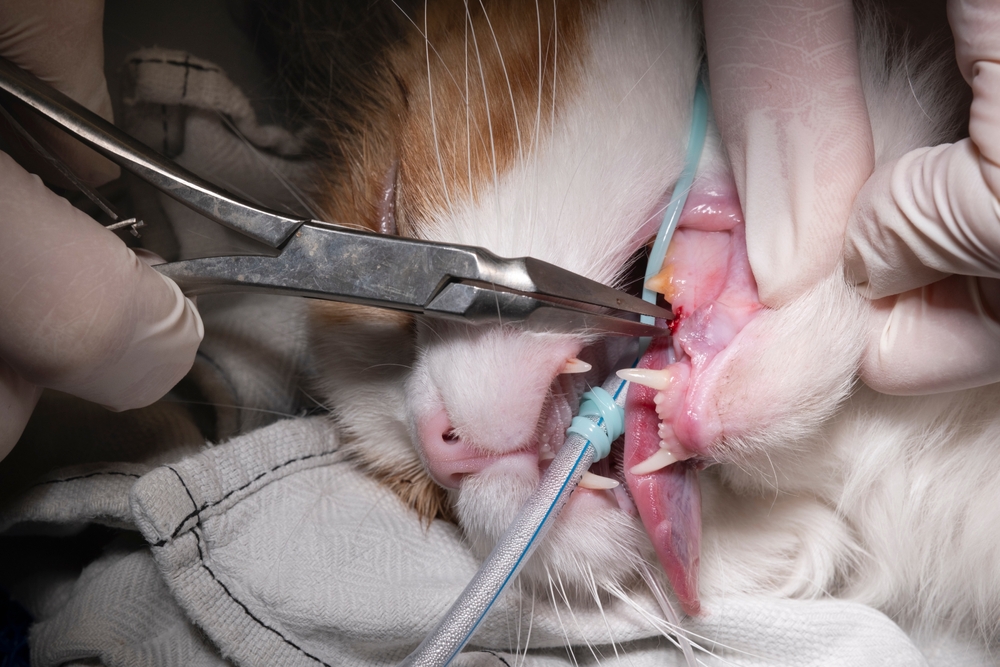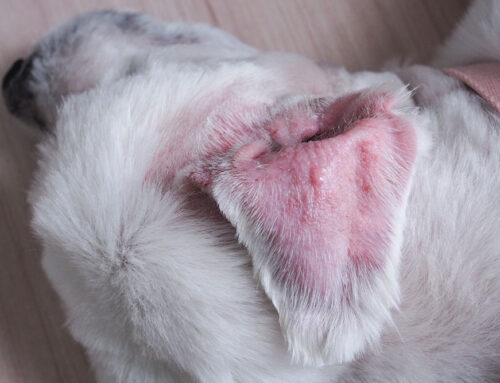Understanding Tooth Extractions in Pets: Why They’re Necessary and What to Expect
Why Pet Dental Care Matters
How Oral Health Affects Overall Wellness
Dental health is a vital part of your pet’s well-being. Poor oral hygiene can lead to systemic infections affecting the heart, liver, and kidneys. Studies by the American Veterinary Medical Association (AVMA) have shown that untreated periodontal disease can allow harmful bacteria to enter the bloodstream, potentially leading to life-threatening complications.
Regular dental care helps prevent these issues, ensuring your pet remains happy and healthy. Learn more about pet dental care on the AVMA website.
Common Dental Problems in Pets
Just like humans, pets can suffer from plaque buildup, gum disease, and tooth decay. Symptoms of dental disease include:
- Bad breath (halitosis)
- Difficulty eating or dropping food from the mouth
- Red, swollen gums
- Excessive drooling
- Pawing at the mouth
Without treatment, gingivitis can progress into periodontitis, leading to tooth loss, jawbone damage, and severe pain. Early detection through routine dental exams can prevent these complications. Discover more about our dental services.
When Tooth Extractions Become Necessary
Why Do Pets Need Tooth Extractions?
Tooth extractions may be required due to:
- Severe infection or abscesses
- Fractured or broken teeth (often from chewing hard objects)
- Advanced periodontal disease
- Overcrowding or misaligned teeth
- Tooth resorption, a painful condition where the body breaks down the tooth
If left untreated, these issues can cause chronic pain, difficulty eating, and further oral infections. Signs that may indicate your pet needs an extraction include:
- Refusing food or chewing only on one side
- Blood in saliva or on chew toys
- Sudden aggression or avoidance of touch near the face
How Dental X-Rays Help Diagnosis
Valley Center now offers dental x-rays!
Not all dental problems are visible during an exam. Dental X-rays allow veterinarians to assess tooth roots, jawbone health, and hidden infections beneath the gumline. Early detection of underlying issues can significantly improve treatment outcomes. Learn about our diagnostic capabilities.
What to Expect During a Pet Tooth Extraction
Pre-Extraction Evaluation
Before surgery, your veterinarian will conduct:
- A comprehensive oral exam
- Full-mouth X-rays to check for hidden disease
- Blood tests to assess anesthesia safety
These steps ensure your pet is healthy enough for the procedure and reduces surgical risks. Meet our veterinary team.
The Tooth Extraction Procedure
Step 1: Anesthesia & Monitoring
- Your pet will be placed under general anesthesia to ensure a pain-free experience.
- Vital signs (heart rate, oxygen levels, temperature, and respiration) are continuously monitored throughout the procedure.
Step 2: Extraction & Pain Management
- The affected tooth is carefully removed using minimally invasive techniques.
- Sutures (stitches) may be placed if necessary.
- Post-extraction pain management is provided, including medications to prevent discomfort and infection.

Post-Extraction Recovery & Care
Most pets recover quickly after tooth extraction, but proper at-home care is essential.
Aftercare Tips for a Smooth Recovery
- Feed soft food for 7-10 days to avoid irritation.
- Avoid hard toys or bones until healing is complete.
- Administer pain medication and antibiotics as prescribed.
- Monitor the surgical site for redness, swelling, or discharge.
- Schedule a follow-up appointment to ensure proper healing.
If your pet exhibits persistent drooling, excessive bleeding, or reluctance to eat, contact your veterinarian immediately.
Preventing Future Dental Issues
How to Keep Your Pet’s Teeth Healthy
Preventative care reduces the likelihood of extractions and promotes long-term dental health. Simple steps include:
- Daily tooth brushing with pet-safe toothpaste
- Regular professional dental cleanings
- Dental chews and approved oral health diets
- Routine veterinary check-ups
Learn more about preventive dental care.
Schedule your pet’s dental check-up today.
FAQs About Tooth Extractions in Pets
Will my pet be in pain after a tooth extraction?
No. Your pet will receive pain management before, during, and after the procedure. Most pets recover within a few days and resume normal eating habits quickly.
Can pets still eat normally after extractions?
Yes! Pets adapt very well, even after multiple extractions. Some may even feel better and eat more comfortably once painful teeth are removed.
How often should my pet have a dental check-up?
Veterinarians recommend annual dental exams and professional cleanings to prevent disease. Pets with existing dental issues may need more frequent care.
Why Choose Valley Center Veterinary Clinic for Your Pet’s Dental Needs?
At Valley Center Veterinary Clinic, we provide:
- Advanced dental diagnostics, including full-mouth X-rays
- Minimally invasive extraction techniques
- Comprehensive pain management protocols
- Personalized preventive dental care plans
Recognizing a Dental Emergency in Your Pet
Emergency Symptoms to Watch For
A dental emergency may include:
- Sudden swelling in the jaw or face
- Severe bleeding from the mouth
- Dropping food or refusal to eat
- Excessive pawing at the mouth
What to Do in a Dental Emergency
- Contact your veterinarian immediately.
- Keep your pet calm and prevent them from pawing at their mouth.
- Avoid feeding anything that could worsen the injury until a vet can assess the problem.
For urgent concerns, contact us today.
Tooth extractions are sometimes necessary to relieve pain, prevent infection, and improve your pet’s overall health. Understanding the procedure and investing in preventive dental care can help ensure your pet maintains a healthy, happy life.
For professional dental care and expert advice, schedule a consultation with our team today.







Leave A Comment